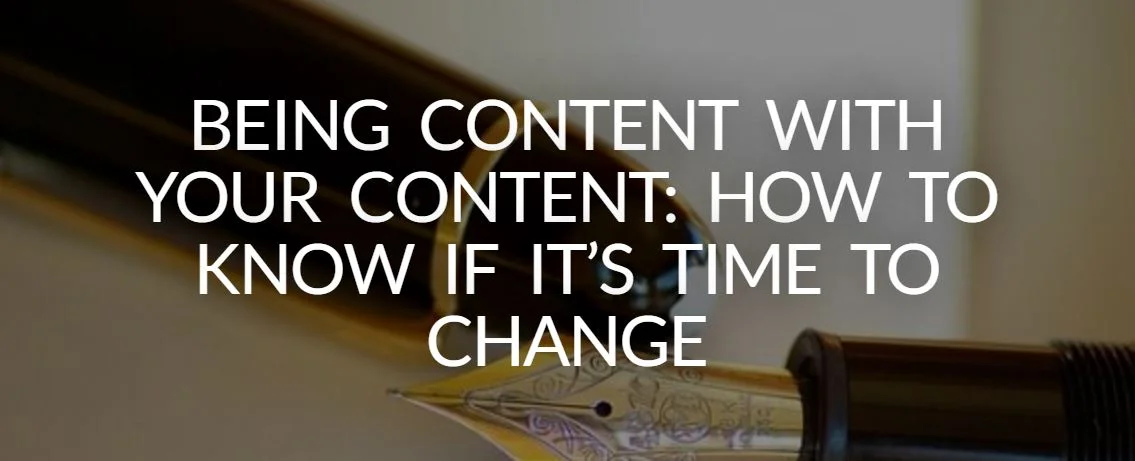Despite the adage that “if you aren’t outraged, you aren’t paying attention” that is true in so many areas of our world today and in the face of ever-increasingly devastation that are afflicting our communities, our national and international relationships, and our families, there are three rational reasons to be optimistic.
1. Character: optimism changes you
The natural world teaches us that living things need hardship to achieve their full potential. Flavorful and sweet grapes are produced only after vine pruning. Tomatoes and peppers need periods of drought to produce fruit. In my experience, we are the same. It is not the periods of prosperity and comfort that define us and shape us as individuals, but our character is refined in the fire of hardship. The idea that what “doesn’t kill us makes us stronger,” can be true if we commit to self-reflection. If you are paying the tuition, think about the education you are getting.
2. Community: optimism fosters helping
Fred Rogers, of Mr. Rogers’ fame, recounted his mother advising him to look for the “helpers” whenever he heard of tragedy or saw scenes on the news. First responders rushing in when others are rushing out. Neighbors helping neighbors. Human kindness on display without regard to the things that can artificially divide us like location, race, creed, or language. This is a reason for optimism. That all of us facing challenges and changes big and small, can assist each other. When we think about humankind, tragedy allows us to be both human and kind.
3. Creativity: optimism unleashes new ideas
A “the sky is falling”, or worst a “the world is out to get me” mentality, shuts down the creative problem solving process. Your creativity engine is closed for business if you blame others or get overwhelmed by circumstances. We are capable of amazing innovation and can create solutions that are simply unimaginable to those who weren’t open to possibility. Sitting amidst the rubble might be the next new building approach that would survive the next storm, unearthed with a fresh perspective and an open mind.
Often in the throes of life’s challenges, it is extremely difficult to remember these benefits of optimism. This is one of the many ways that we can help each other. Not with vague platitudes, but by walking alongside each other in the storm and helping to develop character, community, and creativity.
Originally published on LinkedIn Pulse. The photo was taken at the Spruill Gallery in Dunwoody, GA.








































